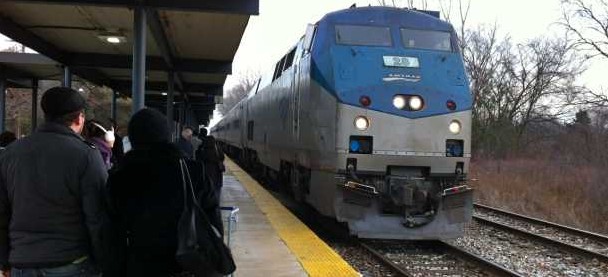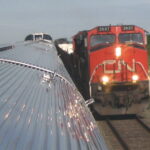On-Time Performance is Critical.
That seems obvious, doesn’t it. Late trains cause all kinds of disruptions. And disruptions cost money. God knows, late trains cost Amtrak a bundle … $140 million a year, and that was the figure they gave me before the whole thing went to hell in a handbasket. I shudder to think what all the late trains and missed connections have cost Amtrak over the past year or so.
But all those late trains mean non-recoverable cost to you and me, too.

A very small personal example to illustrate the point: I’m going to be in Boston for a couple of days in June and, by a happy coincidence, the Red Sox will be in town. So of course I went on line this past Saturday morning and bought one ticket to each of two Red Sox games—one on Sunday afternoon, the other the following night.
To get to Boston in time for the Sunday game, I’m taking an Amtrak shuttle from Hartford, Connecticut, to New Haven, and connecting there to a Northeast Regional train that’s due into Back Bay Station at 1:10 that afternoon.
The game begins at 1:35. That gives me 25 minutes to take a taxi to the little B&B where I stay just off Kenmore Square, drop off my luggage and hurry over to Fenway Park. It’s tight, but it’s doable … assuming the train is on time.
I may miss an inning, but I really don’t want to miss any of the game because the ticket cost $152.00.
When big shots in the government or with the railroad get together to consider what all these late trains and missed connections are costing Amtrak, it’s easy for them to forget that the big number they’re concerned with is made up of a great many small numbers … and that those small numbers are big numbers to ordinary people.



